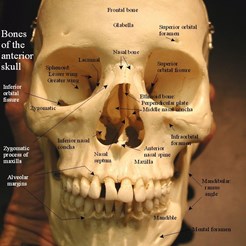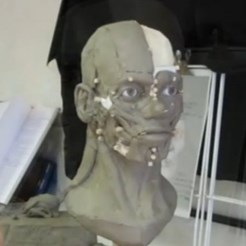This week’s blog is written by Gillian Taylor, Forensic Artist and friend of the Museum. Gillian’s forensic reconstruction work for the Word of Mouth project gave new and valuable insight into the identity of the ECA skull, revealing appearance, gender and age.
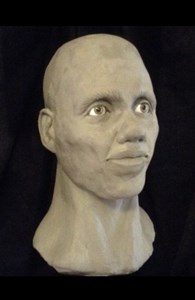 Reconstruction by Forensic Artist, Gillian Taylor
Reconstruction by Forensic Artist, Gillian Taylor
As a forensic artist, I was asked to do a facial reconstruction of the ECA skull. Usually, the majority of my reconstruction work involves a detailed analysis of the skull to identify anthropological features (such as the size and shape of the nose, muscle attachments, etc.), and when compared with current research, to help identify the sex, age and ancestry of the subject.
For me, one particular part of the analysis is always the most revealing – the nature of the features. So, I thought you might like to hear what I discovered about this skull.
The fissure (the exposed part of the eye) is identified by the canthi (inner and outer corner), which correspond to the hard tissue lacrimal fossa and the malar tubercle inside the orbit (eye socket). When the analysis of the skull was complete, it was decided that it was a young male of about 20-25 years. The length of the eye fissure is usually about 60-80% of the length of the orbit, but because the skull is from a young male, this affects the length of fissure, increasing it by up to 10%, so the reconstruction reflected this.
People often imagine that a face is more symmetrical than it actually is, and the eyes are a very good example of this. The slope or direction of eye is also dictated by the location of the lacrimal fossa and malar tubercle inside the orbit. For example, depending on the relationship between the two, the malar tubercle can be located higher, lower or on the same plane as the lacrimal fossa. So, you can get an eye that angles up, down or straight. And because each orbit is unique, the relationships of the two points are assessed independently. So in the case of the ECA skull, this meant that in the left eye, the orbit fissure slopes downwards on the outside, whereas the right orbit fissure is straight.
It is these little details that make a face unique.
G.C. Taylor Forensic Artist.







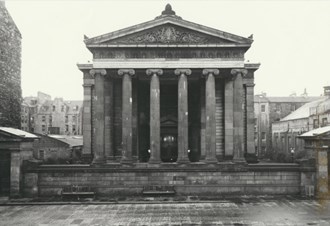
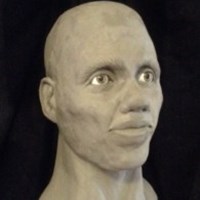 Forensic reconstruction of the ECA Skull
Forensic reconstruction of the ECA Skull
